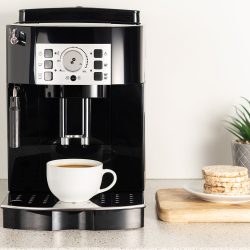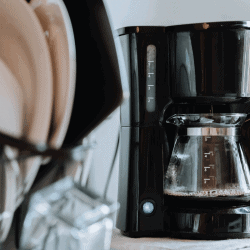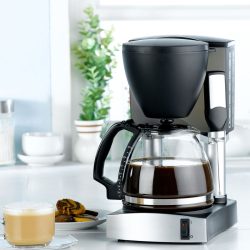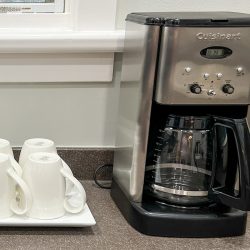Are you tired of drinking coffee that tastes stale or bitter? Do you want to ensure that your Black & Decker coffee maker always works at its best?
Cleaning your coffee maker is an essential task that can help you achieve both goals.
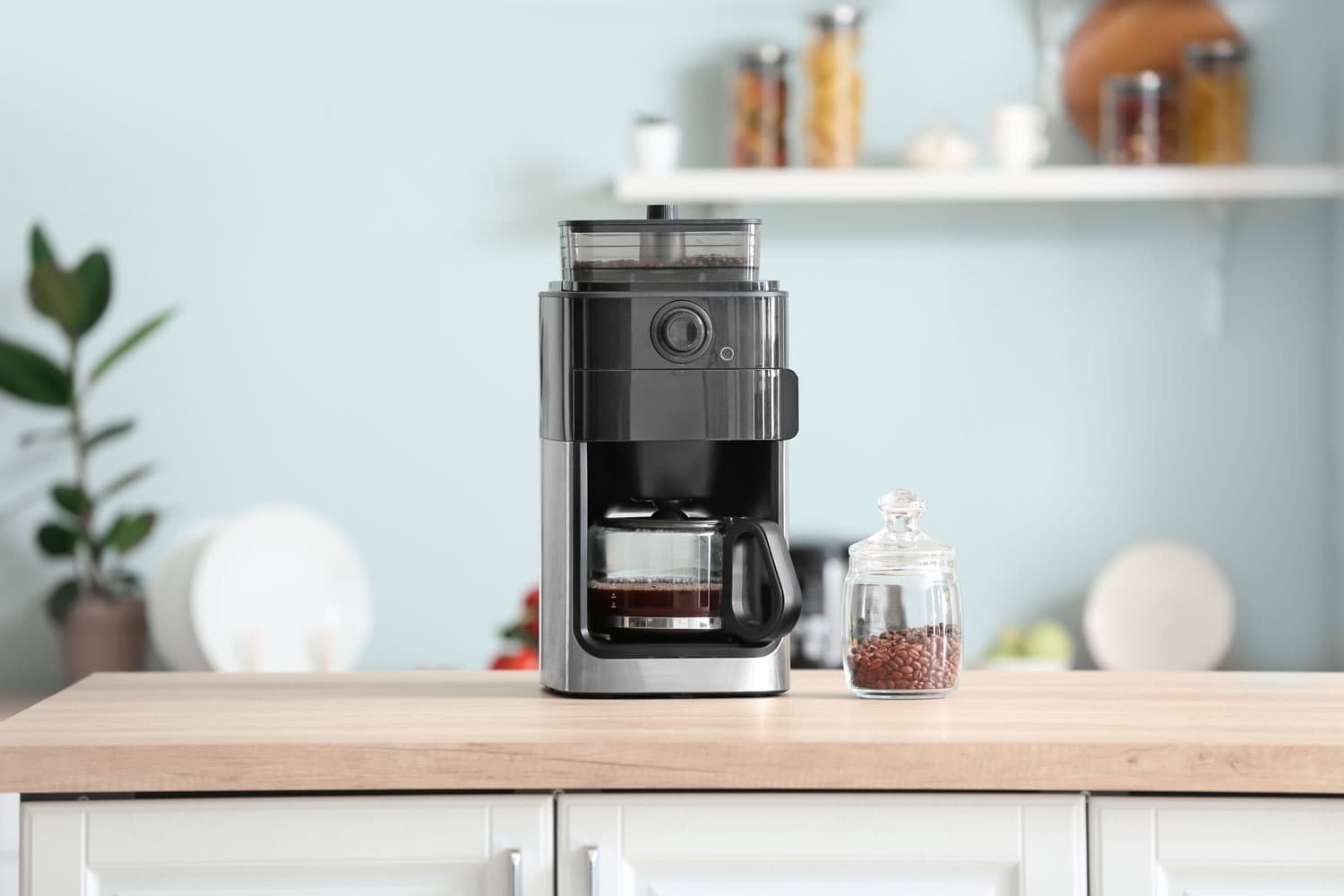
In this article, we will provide you with a step-by-step guide on how to clean your Black & Decker coffee maker so you can enjoy a fresh and delicious cup of coffee every time.
Importance of Cleaning Your Coffee Maker
Cleaning your Black & Decker coffee maker is crucial for maintaining the quality of your coffee, preventing bacterial growth, extending the lifespan of your coffee maker, and saving money in the long run.
Here are some reasons why cleaning your coffee maker is important.
Maintaining Coffee Taste Quality
Over time, coffee oils and mineral deposits can build up in your coffee maker, affecting the taste of your coffee.
Regularly cleaning your coffee maker ensures that your coffee tastes fresh and delicious every time.
Prevention of Bacterial Growth
Your coffee maker is a warm and moist environment, making it the perfect breeding ground for bacteria.
If you don't clean your coffee maker regularly, bacteria can build up and contaminate your coffee, potentially making you sick.
Extension of Coffee Maker Lifespan
Accumulated minerals make the machine's electrical components work harder, often delivering less optimal results.
By cleaning your coffee maker regularly, you can prevent mineral deposits from building up and ensure that your coffee maker lasts for years to come.
For additional information on coffee maker issues, check out this article on What It Means When Your Coffee Maker Says "Needle."
Cost Savings
Consistent cleaning and maintenance ensure the coffee maker operates efficiently, preventing potential repair or replacement costs.
Additionally, cleaning the system with household items like vinegar is cost-effective compared to buying new equipment due to neglect.
How to Clean Black & Decker Coffee Maker with Self-Clean Feature?
Cleaning your Black & Decker coffee maker is essential to maintaining the quality and taste of your coffee.
Luckily, most Black & Decker coffee makers have a self-clean feature that makes cleaning a breeze.
Step 1: Prepare the Cleaning Solution
First, ensure your coffee maker is unplugged and cool to the touch. Next, fill the reservoir with equal parts white vinegar and cold water.
Step 2: Set Up the Filter
Insert a paper filter into the filter basket, securely close the coffee maker's lid, and place the empty carafe on the carafe plate.
Step 3: Start the Cleaning Cycle
Press the 'auto clean' button on the control panel. The cleaning cycle will typically last anywhere from 30 minutes to an hour.
Step 4: Rinse the Coffee Maker
After the cleaning cycle finishes, run a separate cycle using only fresh, cold water to flush out remnants.
Watch this YouTube video for a visual walkthrough of the steps provided.
How to Clean Black & Decker Coffee Maker without Self-Clean Feature
If your Black & Decker coffee maker doesn't have a self-clean feature, here's what you can do to clean it:
Step 1: Preparation
As with the earlier steps, ensure the coffee maker is unplugged and remove any remaining coffee grounds from the filter basket.
Fill the coffee maker's carafe with water to the "Max" line, then add white vinegar to the 1 cup level.
If your coffee maker is bigger, you may need to adjust the amount of water and vinegar accordingly.
Step 2: Run a Brew Cycle
Next, place the carafe back onto the coffee maker and turn it on. Let it run through a brew cycle as if you were making coffee.
Once the cycle is complete, turn off the coffee maker and let it cool down for a few minutes.
Step 3: Clean and Rinse
After the coffee maker has cooled down, pour out the vinegar and water solution from the carafe and rinse it thoroughly with cold water.
Clean the filter basket and other parts with warm, soapy water. Wipe the machine and parts with a soft cloth.
If you're experiencing issues with your coffee maker not pumping water, read this comprehensive guide.
How Often Should You Clean a Black and Decker Coffee Maker?
For best results, cleaning your Black & Decker coffee at least once a month is recommended.
However, if you notice any changes in the taste or quality of your coffee, it might be time to clean your coffee maker, even if it hasn't been a month yet.
It is also important to note that the frequency of cleaning your coffee maker depends on the type of coffee you brew.
If you use oily or dark roast coffee beans, you may need to clean your coffee maker more frequently than lighter coffee beans.
Can You Use Bleach to Clean Black and Decker Coffee Maker?
No. Using bleach to clean your Black & Decker coffee maker is not recommended.
Bleach can leave a potent residual odor and taste that could affect your coffee's flavor.
Instead, safer and more effective alternatives for cleaning your coffee maker include vinegar and baking soda solutions.
Can You Use Distilled Water to Clean Black and Decker Coffee Maker?
Yes. You can use distilled water to clean your Black & Decker coffee maker.
Distilled water is a practical approach to prevent mineral buildup in your coffee maker.
Since distilled water lacks minerals, it helps avoid the limescale deposits that can form from regular tap water.
As mentioned, these deposits can interfere with the coffee maker's performance, potentially leading to blockages.
Distilled water, being free of these minerals, doesn't pose this risk.
However, when it comes to brewing, it's not the best choice. It might affect the coffee's taste because it lacks the minerals in regular water that contribute to flavor.
Final Thoughts
Cleaning your Black & Decker coffee maker is a simple and essential task that can make a big difference in the taste and quality of your coffee.
By following our step-by-step guide, you can ensure that your coffee maker stays in top shape and continues to provide you with delicious coffee for years.
Did you find this article helpful? We'd love to hear your feedback. If you have any questions or insights, please reach out to us!

